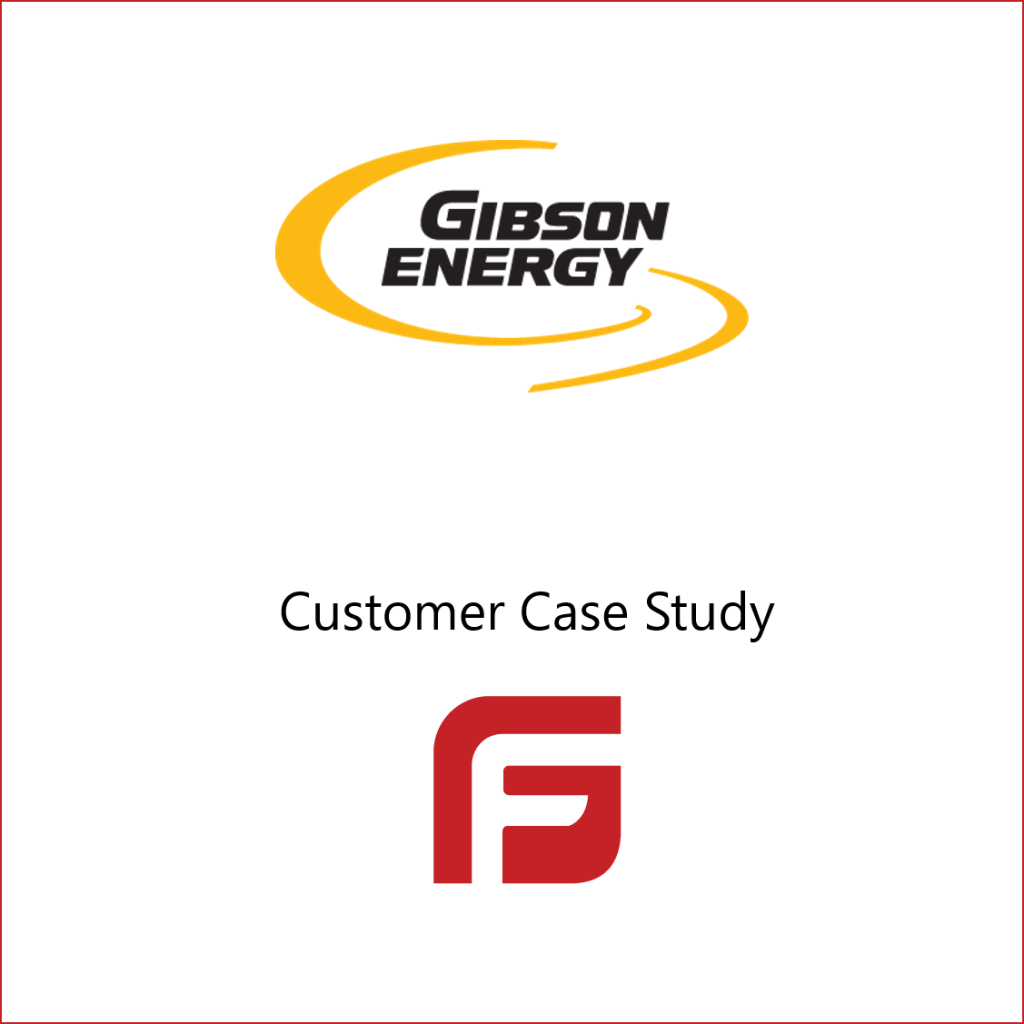Overview
Frequency Foundry established, implemented and supported a strategic Customer Relationship Management Program for Gibson Energy. Key themes and issues were identified, resulting in the need for a customer relationship management (CRM) system that would help the company with organization, sales and the prediction of industry trends.
As an organization that had grown through acquisitions and with diverse business units all operating under the Gibson umbrella, Gibson’s vision was to create a “One Gibson” approach to the customer. The creation of a unified approach to customers to increase revenue by cross-selling the full suite of Gibson’s services within and across basins was fundamental to this vision.
The company’s overall objective was to use the CRM software to improve inter and intra-basin cross sales while also providing Environmental Services South (ES South) the tools needed to better manage its sales team.

Other key objectives:
- Create a 360-degree view of the customer
- Support operations and sales team through the ability to view the sales pipeline
- Increase the productivity and collaboration among sales team members
- Focus on adoption of the solution with a view on an enterprise roll out
The Challenges
Gibson is a Canadian-based midstream energy company. Its operations include the transportation, storage, blending, processing, marketing and distribution of crude oil, liquids and refined products. It also provides oilfield waste and water management services. Gibson was concerned that there was no central facility that could collect and disseminate information from both external market data sources (e.g. rig data, annual reports and industry reports) and internal customer data (sales opportunities and operational incidents).
The company required processes and tools that would facilitate a shift to cross-selling services within and between basins. It had difficulty coordinating communication and information flow between Gibson sales teams and customer contacts. In addition, much of the sales communication was done via phone and email which slowed the pace and volume of the information flow, reducing productivity. Expense reports in ES South were sent through traditional mail and were batch-processed which resulted in delayed expense reimbursement.
Sales teams required more efficient operations. The sales reports were created on paper and emailed or faxed to area leaders, making the reports outdated and inoperative. Sales teams did not have visibility into service incidents in a timely manner which could have led to perceived carelessness if it were proved that they were unaware of important issues. Sales teams were also without access to a comprehensive understanding of accounts which led to a lack of important information provided when developing sales pitches. Lastly, sales teams did not have a single repository for organizing and sharing account information— obstructing proper account planning between business units.
The Solution
Frequency Foundry had proposed the implementation of an integrated customer strategy with the roll out of the Microsoft Dynamics CRM platform for sales teams. The CRM solution was tailored to Gibson’s specific needs with a focus on supporting detailed basin level E&P knowledge, developing U.S. refiner relationships and sharing customer information. Another area of focus was on supporting senior level one-on-one development with the top 10 customers and enhancing customer reporting metrics to determine if Gibson was meeting customer needs.
Implementation of the CRM technology would address Gibson’s challenges associated with managing distributed sales teams across multiple lines of business and territories. Frequency Foundry focused on providing a facility for sharing market and account intelligence while also creating a means for coordinating sales activities with the aim of increasing overall corporate revenue.
Outcomes
- More than 5000 sales reports submitted by sales personnel across the United States within the first two quarters of launch
- More than $24 million in opportunities tracked within the CRM system within the first two quarters of launch
- A successful roll out and adoption for the Gibson’s Canadian Environmental Services sales team
- A successful roll out and adoption for the Gibson’s Truck Transportation division in Canada
- A successful roll out and adoption for the Canwest Propane business unit
- Integration with the Microsoft Dynamics NAV system for customer sales and order data
- Integration with market intelligence sources such as Rig Data, HIS and other third-party sources have been imported into the system to help guide sales strategies.
- Integrated heat map showing third-party rig data overlaid with Gibson’s locations for sales planning; this helps identify opportunities and create communication plans to capitalize on those opportunities.
- CRM dashboard can be customized to suit individual user groups or teams so that important information is easily accessible.
Conclusion
The Gibson’s CRM implementation has enabled sales teams to proactively identify opportunities, increase agility in responses to opportunities, and has provided insight for creating competitive deals. It has also facilitated a “winning” sales culture by helping to create a transparent plan for which to communicate and execute, and ultimately gain more business based on this repeatable pattern.
The overall operations have improved tremendously with the implementation of the CRM solution. It has proved to be extremely effective in creating the company’s strategic vision of a unified “One Gibson” approach to the customer and has assisted in sales growth and profit increase.


